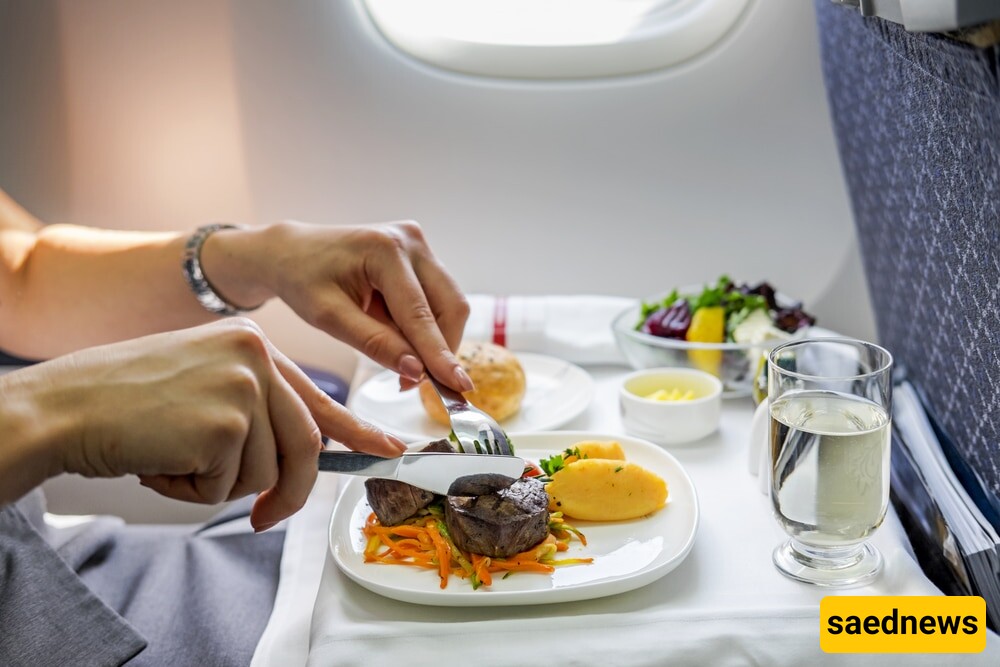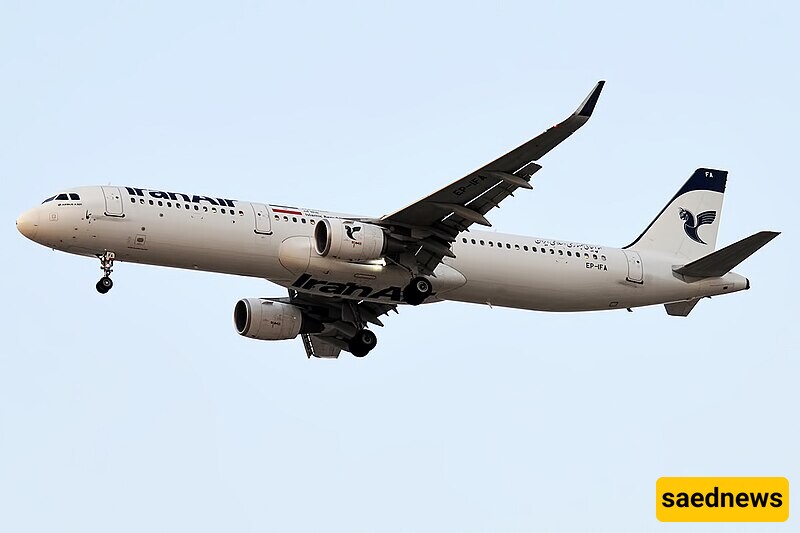SAEDNEWS: Airplane food often tastes different than meals on the ground. At high altitudes, changes in air pressure, humidity, and noise levels alter our sense of taste and smell, transforming the way we perceive flavors.


Reporting from SAEDNEWS, at 35,000 feet, the environment inside an airplane cabin is vastly different from ground level. The low air pressure and reduced humidity significantly affect our senses, especially taste and smell. With humidity levels as low as 12%, drier air can dull the receptors on the tongue, making it harder to detect flavors. Studies show that our ability to perceive salty and sweet flavors drops by 30% when flying, while bitterness and spiciness remain largely unchanged.
The constant hum of airplane engines may also contribute to changes in flavor perception. Research suggests that loud background noise can diminish our sensitivity to certain tastes while enhancing the appreciation for umami, the savory fifth taste. This might explain why tomato juice, rich in umami, is more popular in-flight than on the ground.
Our sense of smell is crucial for fully experiencing flavor. However, at high altitudes, the cabin air pressure reduces our olfactory sensitivity. This means aromatic dishes lose their impact, further diminishing the enjoyment of food onboard. For example, delicately spiced dishes or those relying on fragrant herbs may seem bland at high altitudes compared to how they taste on the ground.
Airlines have adapted their menus to counteract these sensory changes. Chefs and food scientists work together to enhance flavors, often adding extra salt, sugar, and spices to recipes. Foods with strong umami profiles, such as mushrooms, tomatoes, and soy sauce, are frequently used to make dishes more flavorful. British Airways partnered with a sound designer to create music that enhances the perception of sweetness and bitterness during meals.
Another factor is how food is served. The limitations of reheating pre-cooked meals in-flight can affect texture and freshness. Additionally, using disposable trays and utensils might detract from the overall dining experience.
Tomato juice deserves a special mention due to its popularity among airline passengers. The reduced air pressure and loud noise amplify the savory umami taste of tomatoes, making them more appealing. This phenomenon is so significant that airlines often report higher consumption of tomato juice compared to other beverages.
Cabins are pressurized to mimic conditions at 6,000 to 8,000 feet above sea level, but this is still far from ground level. This simulated altitude is necessary for safety and comfort but comes with physiological effects, such as mild dehydration, which further impacts our taste buds.
While airlines do their best, passengers can take steps to improve the taste of airplane food:
Stay Hydrated: Drinking plenty of water can counteract the dehydrating effects of cabin air, helping maintain your sense of taste.
Choose Savory Foods: Dishes rich in umami or with bold flavors tend to hold up better at altitude.
Bring Your Own Snacks: Familiar foods from home can offer a comforting alternative to airline meals.
The unique environment of an airplane alters how we taste and enjoy food. From the dry air to the hum of engines, every factor contributes to the distinct experience of in-flight dining. By understanding these changes, passengers and airlines can work together to make the most of meals served at 35,000 feet.

